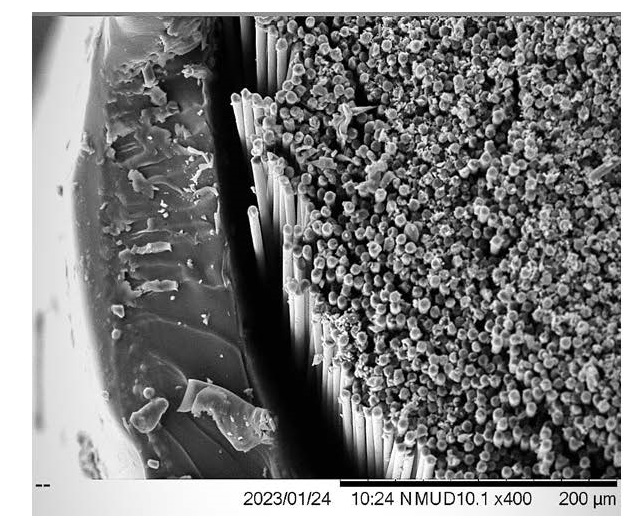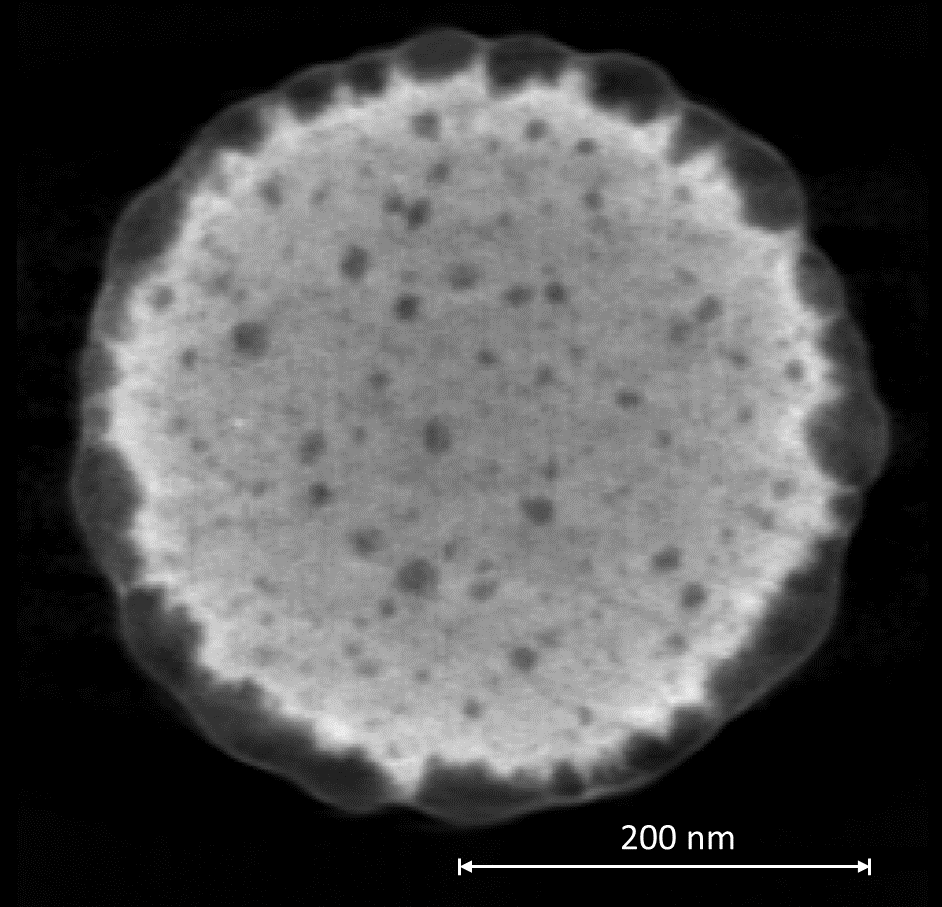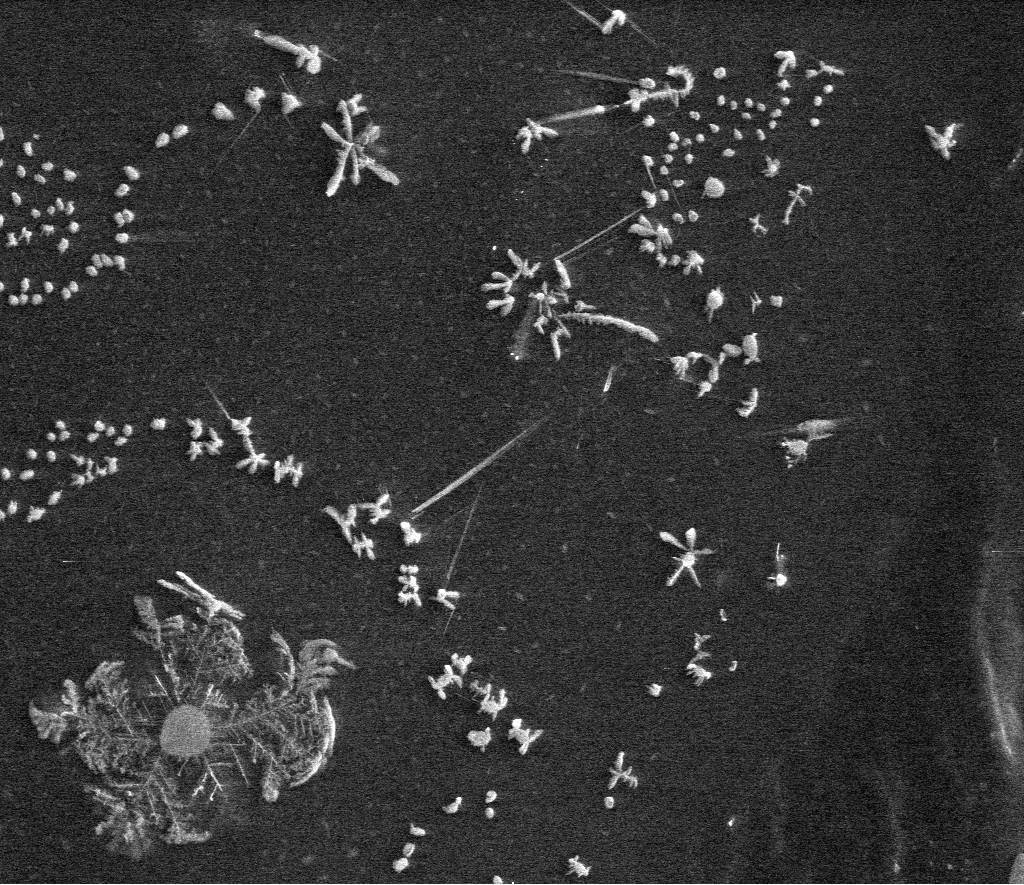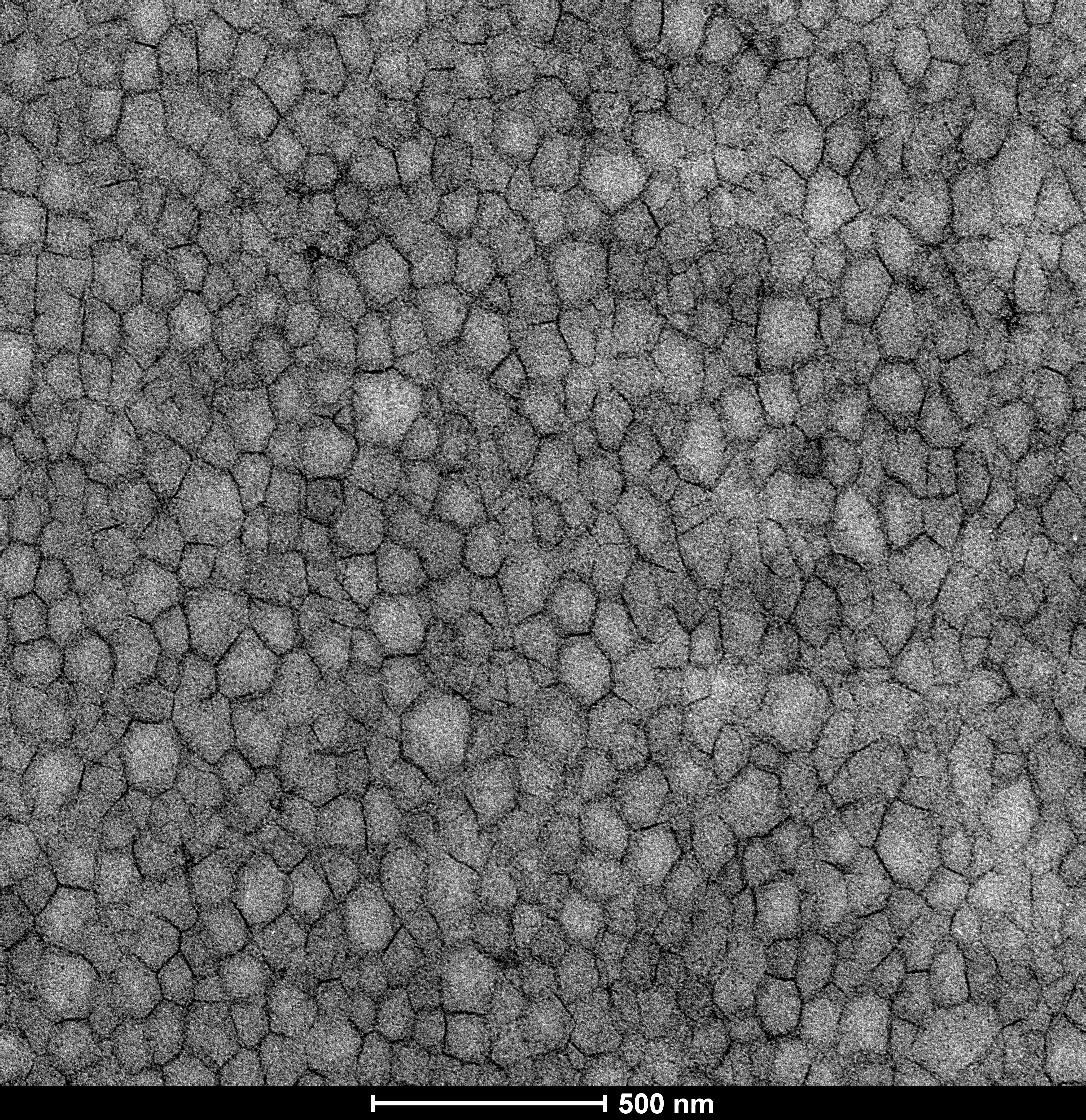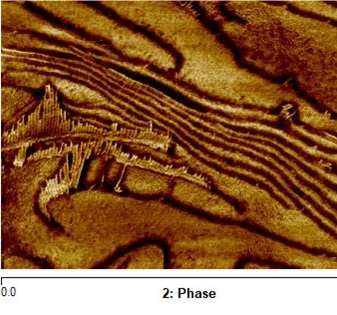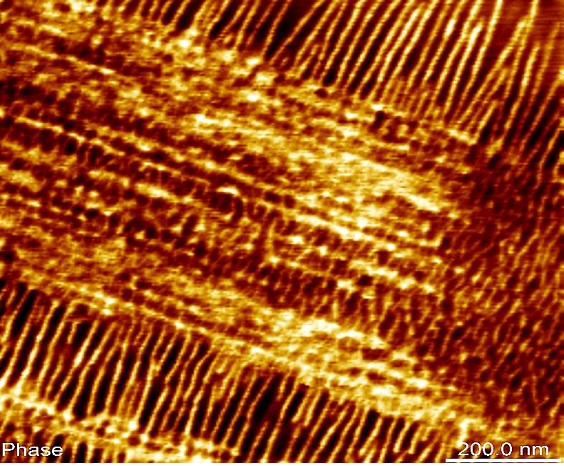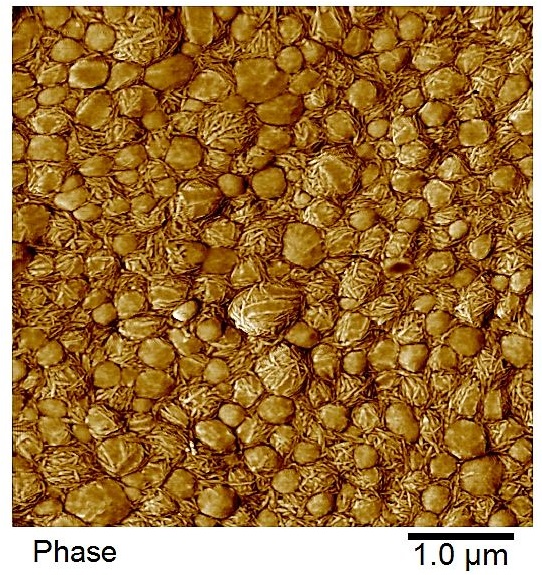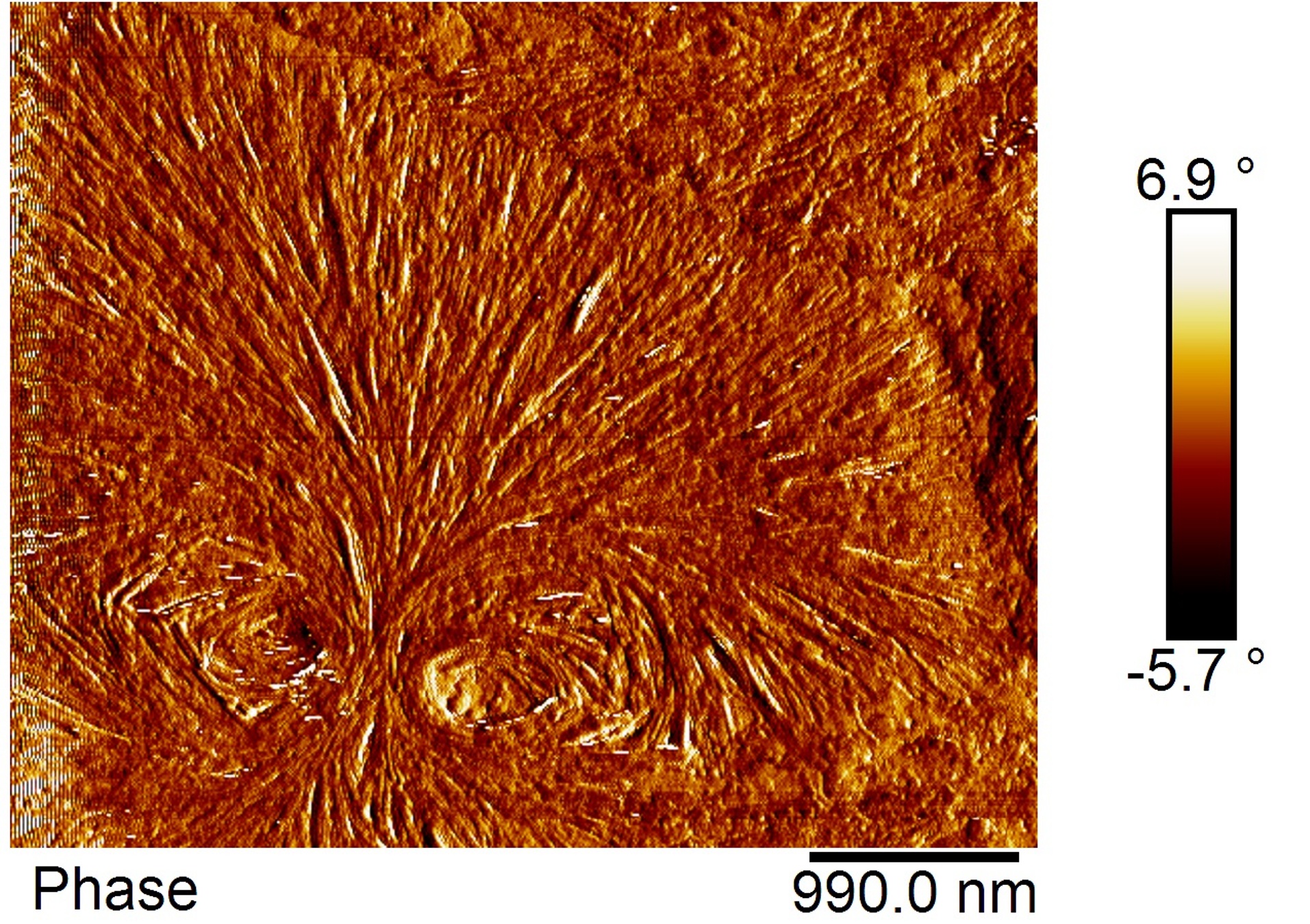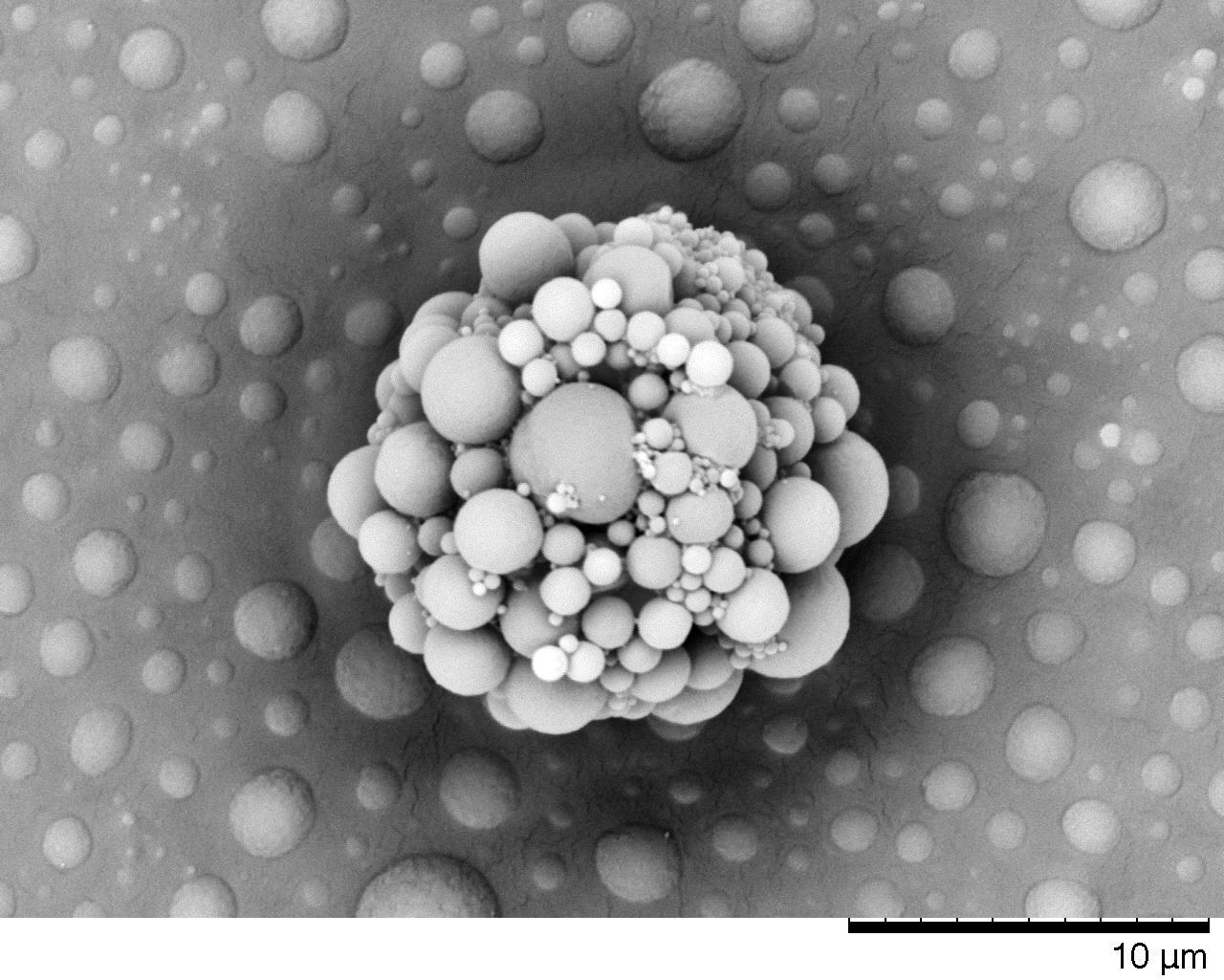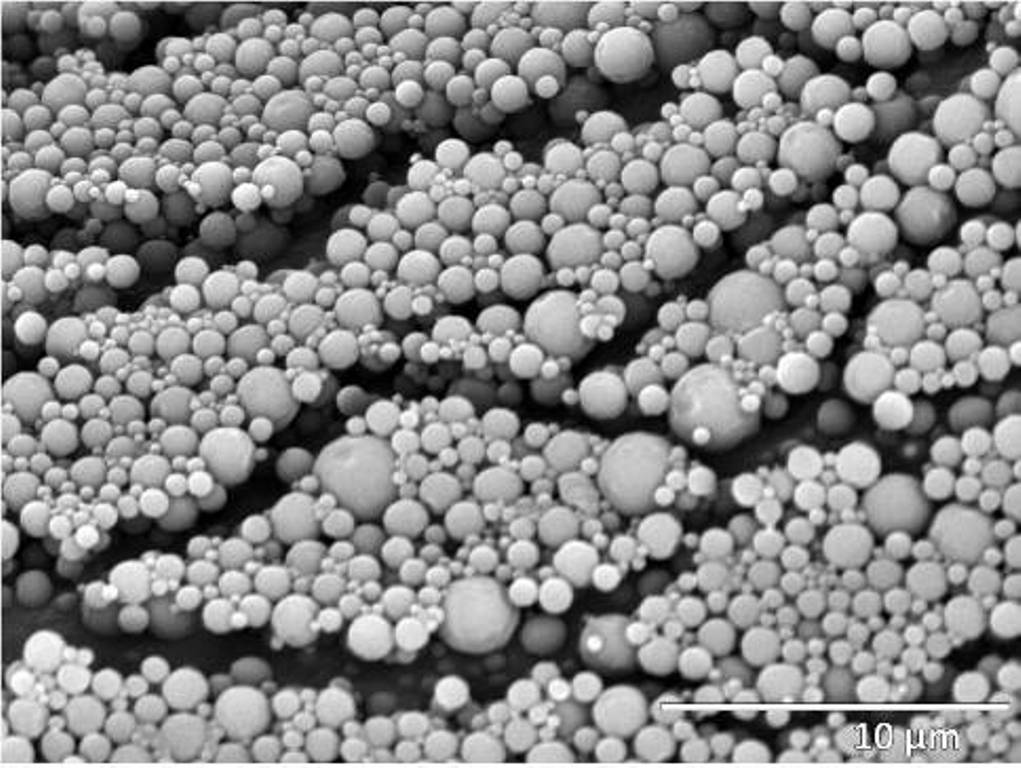2024ko ARGAZKI ZIENTIFIKOEN LEHIAKETA
Nork parte hartu dezake?
• POLYMATeko Doktoradutza ikasleak
• Aurreko edizioen irabazleak ezin dute parte hartu.
• Jasotzeko epea: 2024ko Urtarrilaren 31a.
• Dokumentuak e-mailez bidali behar dira helbide honetara: polymat@ehu.eus
Igorri beharreko informazioa
Word txantiloia erabili ondorengo informazioa gehituaz:
• (Material polimeriko baten argazki bat, erabilitako teknika zehazki deskribatuaz (SEM, TEM, ...) eta eskala garbi adieraziz. Gainera laginaren prestaketaren azalpen zehatza gehitu behar da).
• Argazkiaren izena eta deskribapena tesiaren kontestuan edo ikerketa egin den proiektuaren kontestuan.
• Tesiaren zuzendaria (k).
Ebaluazio-irizpideak
- Laginaren prestaketaren eta erabilitako teknikaren deskribapen zehatza 1/3
- Irudiaren deskribapena eta interpretazioa 1/3
- Irudiaren estetika 1/3
Saria
Tesi zuzendariaren arabera aukeratutako nazionarteko kongresu baterako izen ematea, bidaia-gastuak eta ostatua barne,1.500 €-ko maximoarekin.


